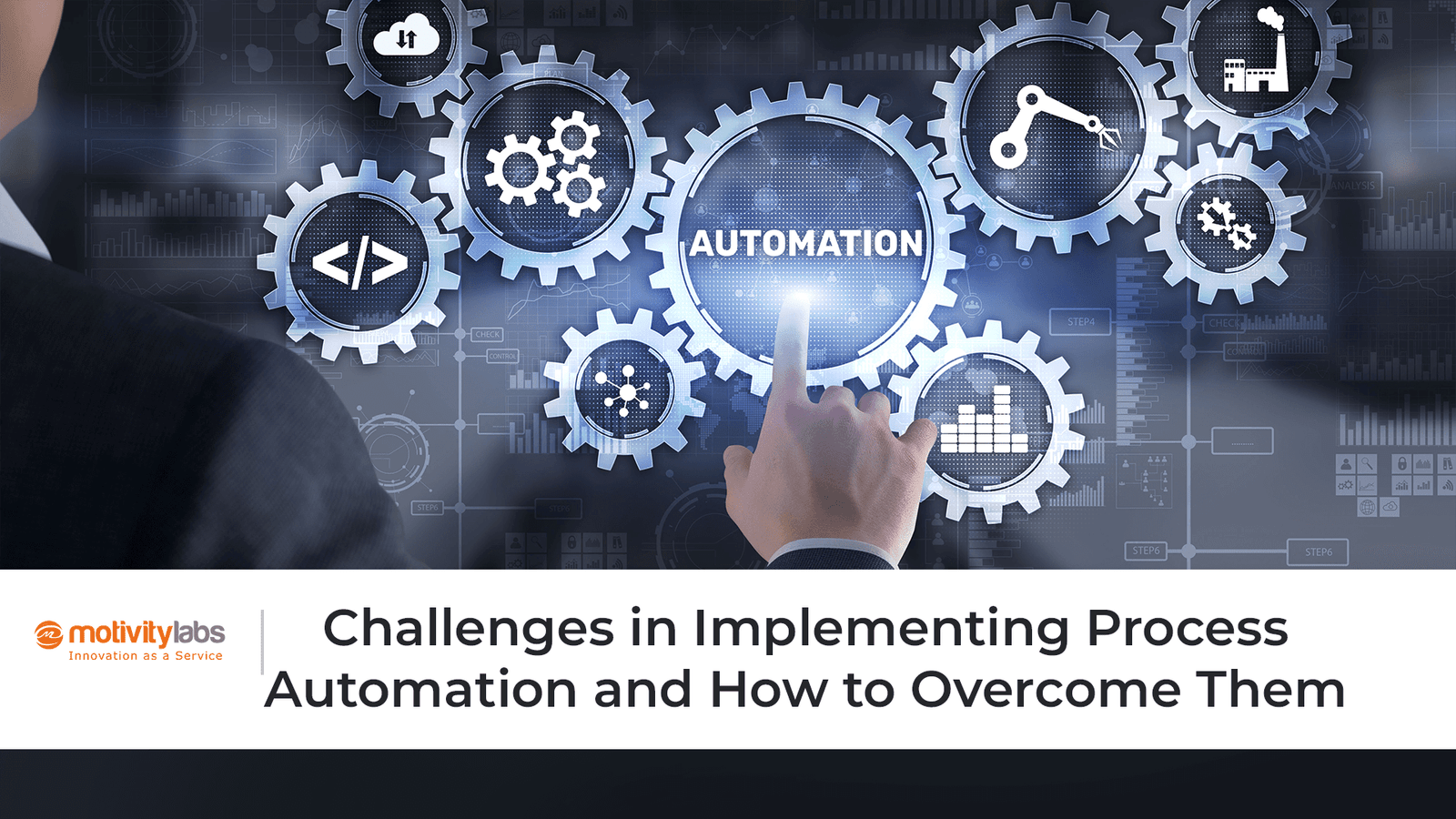Table of Contents
Top 5 Benefits of Business Process Automation
Speed and efficiency have become the backbone of modern business. Manual tasks drag operations, allow errors to slip through, and drain teams of valuable time. Instead of focusing on innovation, people end up stuck in repetitive routines. This is where Business Process Automation (BPA) becomes a game-changer.
BPA is not about replacing people. It is about enabling them. By automating routine operations, companies can improve productivity, cut costs, and boost accuracy. More importantly, they create space for innovation and real value creation.
Let’s explore the top five benefits of business process automation and how it is changing how modern organizations operate.
Efficiency That Does Not Sleep
Manual processes are like old engines. They can run, but they burn a lot of fuel and need constant attention. Automation introduces a more intelligent and consistent engine to business operations. Unlike manual processes, automated workflows operate continuously without interruption. Whether sending invoices, managing payroll, or onboarding new hires, automation keeps processes running 24/7 without human intervention.
As a result, tasks that previously required several days can now be completed within minutes. Human efforts are redirected toward high-priority responsibilities, while automated systems efficiently manage routine operations. Businesses that automate processes often see a reduction in process time by over 50 percent. That kind of speed transforms daily operations into a competitive advantage.
Fewer Errors, Better Accuracy
It is a straightforward truth that human error is inevitable. An incorrectly entered digit, a missed email, or an outdated spreadsheet can lead to considerable time and financial losses. In industries such as finance or healthcare, even a single error can lead to compliance issues or a loss of trust. Automation significantly reduces the risk of human error by standardizing tasks. Once a process is clearly defined and automated, it follows a consistent and reliable sequence every time, eliminating deviations and overlooked steps.
For example, an automated data entry process can pull information from multiple sources and sync it across platforms without skipping a beat. That means no duplicate entries and no manual rechecking. Greater accuracy in operations leads to more dependable outcomes. This consistency enhances credibility and fosters trust among both customers and stakeholders.
Cost Savings That Compound
Labor is one of the highest expenses in any business. Automating repetitive tasks reduces the need for manual effort, which lowers operating costs. Companies that implement automation in their business processes can achieve cost reductions of up to 30% and productivity improvements of 20–25%, underscoring the financial value of automation.
By speeding up processes and reducing errors, businesses can avoid costly mistakes and unnecessary delays. It also improves employee productivity. You no longer need ten people to do what three people and a smart automation platform can handle. Over time, these savings compound. The longer automation runs, the more it pays for itself.
Improved Employee Experience
Nobody enjoys spending hours copying data, sending reminders, or chasing approvals. These tasks are repetitive, uninspiring, and mentally draining. Business process automation liberates employees from this kind of busy work. With less time spent on manual processes, teams can focus on the work that matters—creative thinking, strategic planning, innovation, and problem-solving.
Such a change results in higher job satisfaction. Employees feel more empowered and engaged when their roles involve meaningful contributions rather than just ticking boxes. Automation also fosters collaboration.
When information flows automatically between departments, teams work together more smoothly. Communication improves, and morale increases as well. Satisfied employees contribute to increased customer satisfaction, creating a positive cycle that drives business growth.
Data-Driven Decision Making
Automation streamlines processes and collects valuable data throughout its operation. Every automated action creates a footprint, building a trail of information that can be analyzed for insights. With this data, leaders can monitor performance, identify inefficiencies, and make more precise predictions about future outcomes.
For example, automating the customer onboarding process provides real-time insights into its duration and performance. It reveals where delays occur and highlights the touchpoints that have the most significant impact. That kind of visibility enables smarter decisions.
Decision-making becomes more informed rather than based on assumptions. With the integration of artificial intelligence and machine learning into Business Process Automation, systems are becoming increasingly intelligent. These technologies go beyond task execution by recognizing patterns, adapting to changes, and suggesting improvements for greater efficiency. This represents more than just automation; it signifies a step forward in operational evolution.
Real-World Use Cases
Business Process Automation is not a theoretical concept. It is actively reshaping how organizations operate across industries. From reducing operational delays to enhancing customer experiences, BPA is delivering measurable impact. The following examples illustrate how automation is driving meaningful transformation in real-world settings:
Retail: Automated inventory tracking reduces stockouts and overstock.
Finance: Invoice processing and compliance checks are done in seconds, not hours.
Healthcare: Patient records and billing are managed automatically, improving care and reducing administrative overhead.
HR: Automated recruitment and onboarding free up HR professionals to focus on people, not paperwork.
Manufacturing: Production schedules and maintenance tasks are triggered automatically based on real-time input.
These are not future scenarios. They are happening today. Companies that adopt automation early are moving faster, working smarter, and leading their markets.
Why Timing Matters
The shift to automation is not just about adopting new tools. It is about reshaping how your business runs. Organizations that delay automation risk being outpaced by competitors who can operate faster, cheaper, and with greater precision. As customer expectations continue to rise and markets become more complex, automation is no longer a luxury. It is a necessity.
Motivity Labs views automation not merely as a technological trend but as a powerful enabler of business growth. The company partners with organizations to automate the right processes for the right reasons. From identifying automation opportunities to designing intelligent workflows and deploying scalable solutions, Motivity Labs ensures that every automation initiative aligns with the organization’s strategic objectives.
The emphasis is on technology and delivering tangible outcomes. These include improved efficiency, reduced operational costs, increased agility, and enhanced experiences for employees, partners, and customers.
Whether an organization is just beginning its automation journey or seeking to advance existing initiatives, Motivity Labs offers the expertise, strategic insight, and execution capabilities required for lasting success.
Final Thoughts
Business Process Automation is more than a tool. This represents a fundamental shift in mindset. It is about allowing machines to manage routine tasks so that people can concentrate on work that requires creativity, strategy, and human insight.
The benefits are clear: faster operations, reduced errors, lower costs, happier teams, and advanced decisions. In a world where digital transformation defines success, BPA is the foundation. And companies that invest in it now are building more agile, intelligent, and future-ready businesses.
Motivity Labs stands ready to guide you through this shift. Let’s automate what holds you back and accelerate what moves you forward.



